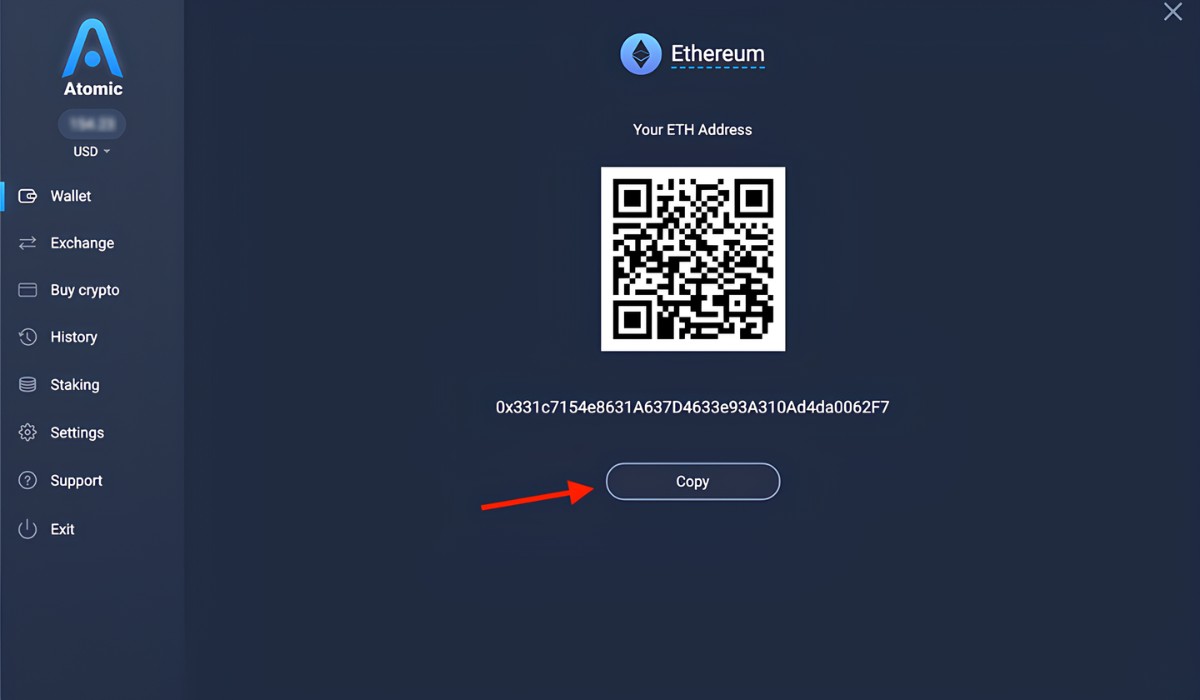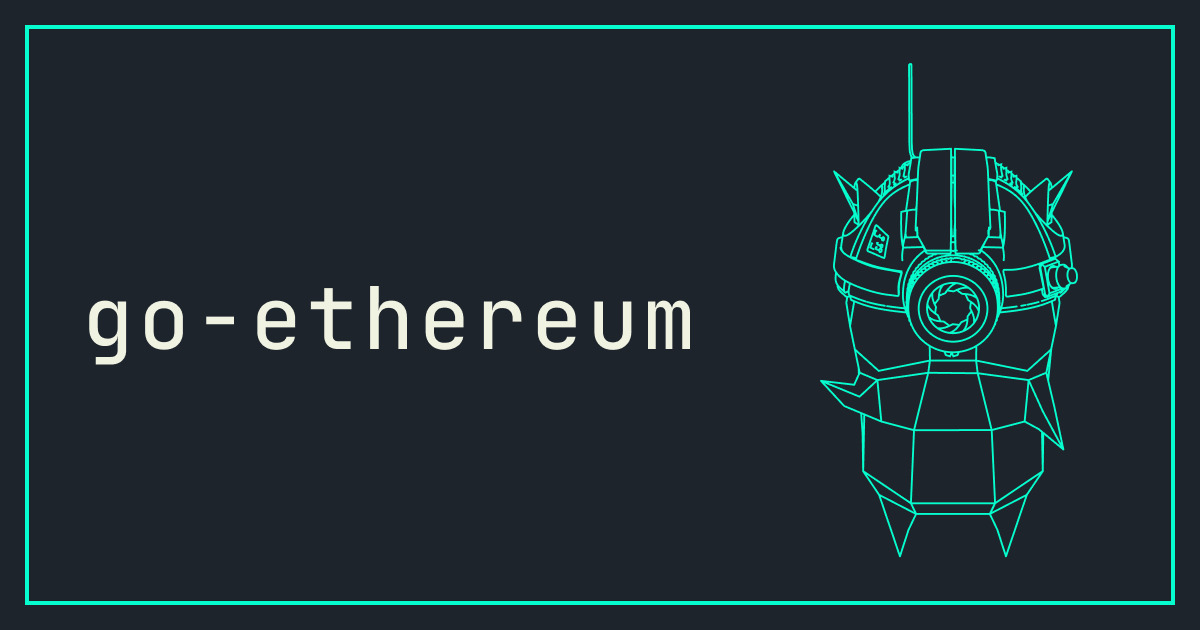Introduction
Ethereum, the second-largest cryptocurrency by market capitalization, has gained significant attention and adoption since its inception. It is not just a cryptocurrency but also a decentralized platform that enables developers to build and deploy smart contracts and decentralized applications.
Launched in 2015 by Vitalik Buterin, Ethereum has revolutionized the blockchain industry by introducing a programmable blockchain. Unlike Bitcoin, which primarily focuses on peer-to-peer electronic cash transactions, Ethereum aims to enable the execution of complex applications on its blockchain through the use of smart contracts.
Smart contracts are self-executing contracts with the terms of the agreement directly written into the lines of code. These contracts automatically execute when predetermined conditions are met, eliminating the need for intermediaries and enhancing security and transparency.
Ethereum provides a platform for developers to create and deploy decentralized applications (DApps) that can be used for a wide range of purposes, from finance and gaming to supply chain management and social networking. The Ethereum Virtual Machine (EVM), a decentralized runtime environment, enables the execution of these applications on the blockchain.
One of the distinctive features of Ethereum is its native cryptocurrency called Ether (ETH). Ether is used to facilitate transactions and incentivize the network’s participants, including developers and miners. It can also be used as a medium of exchange for other digital assets, known as ERC-20 tokens, built on the Ethereum blockchain.
With its robust ecosystem and growing community, Ethereum has become a popular choice for blockchain enthusiasts and developers alike. Its open and decentralized nature fosters innovation and enables the creation of new economic models and applications.
In this article, we will explore the history and evolution of Ethereum, from its creation to its current status as a leading blockchain platform. We will delve into its initial coin offering (ICO), early years, the rise of decentralized applications, and the various upgrades and forks that have shaped its development. Join us on this journey through the fascinating world of Ethereum.
The Creation of Ethereum
The idea of Ethereum was conceptualized by a young programmer named Vitalik Buterin in late 2013. Buterin was inspired by the potential of blockchain technology and recognized that it could be utilized for more than just financial transactions. He aimed to create a decentralized platform that could support the development of applications beyond the limitations of Bitcoin’s blockchain.
In 2014, Buterin published the Ethereum whitepaper, outlining his vision for a blockchain-based platform that would enable the execution of smart contracts and decentralized applications. The whitepaper gained significant attention and attracted a community of developers and enthusiasts who shared Buterin’s vision.
With the help of a team of co-founders including Gavin Wood, Joseph Lubin, and Anthony Di Iorio, Buterin set out to turn his vision into reality. They launched a crowdfunding campaign where participants could purchase Ether (ETH), the native cryptocurrency of Ethereum, in exchange for Bitcoin contributions. The campaign was highly successful, raising around 31,500 BTC (roughly $18.5 million at the time).
After the successful crowdfunding campaign, the development of Ethereum began in early 2014. Buterin and his team worked tirelessly to design and implement the necessary protocols and infrastructure to launch the platform. They aimed to create a blockchain that was not only secure and efficient but also flexible and programmable.
On July 30, 2015, the Ethereum blockchain was officially launched, marking a significant milestone in the history of blockchain technology. With the launch, developers gained access to a platform that could support the creation of decentralized applications and the execution of smart contracts in a secure and transparent manner.
The creation of Ethereum brought about a paradigm shift in the blockchain industry. It introduced the concept of programmable money and enabled developers to build decentralized applications that could revolutionize various sectors, including finance, gaming, supply chain management, and more.
Ethereum’s innovative approach to blockchain technology quickly gained traction. Its open-source nature attracted a vibrant community of developers who began building a diverse range of decentralized applications on top of the Ethereum platform. This led to the emergence of a thriving ecosystem of projects and tokens.
Since its creation, Ethereum has continued to evolve and expand its capabilities. Upgrades and improvements have been implemented to enhance scalability and security, and the platform has undergone several hard forks to address vulnerabilities and introduce new features.
In the next section, we will explore the initial coin offering (ICO) of Ethereum and delve into its early years, including the challenges and milestones that shaped its development.
The Ethereum ICO
The Ethereum Initial Coin Offering (ICO) can be considered a pivotal moment in the history of the project. The ICO took place from July 22 to September 2, 2014, and served as a means to fund the development of the Ethereum platform.
During the ICO, participants had the opportunity to purchase Ether (ETH), the native cryptocurrency of Ethereum, by sending Bitcoin to a specified address. In return, they would receive a corresponding amount of Ether based on the exchange rate at the time.
The Ethereum ICO was met with great enthusiasm and quickly gained traction within the cryptocurrency and blockchain communities. It attracted both individual contributors and institutional investors who recognized the potential of the platform.
What made the Ethereum ICO unique was the way it introduced the concept of programmable money. Participants were not simply buying a cryptocurrency; they were investing in the potential of a decentralized platform that could execute smart contracts and support the development of innovative applications.
The ICO raised approximately 31,500 Bitcoins, which at the time was equivalent to around $18.5 million. This significant funding provided the Ethereum team with the resources needed to further develop and refine the platform.
However, the Ethereum ICO was not without its challenges. There were concerns and criticisms raised regarding the fairness and distribution of the Ether tokens. Some argued that early contributors had an unfair advantage or that the distribution was too concentrated among a few individuals.
Despite these criticisms, the Ethereum ICO successfully laid the foundation for the development of the Ethereum ecosystem. It not only provided the necessary financial resources but also created a community of early adopters and believers in the project’s potential.
Following the ICO, the Ethereum team focused on turning the vision outlined in the whitepaper into a tangible platform. They actively engaged with the community, sought feedback, and constantly iterated on the design and implementation of Ethereum’s protocols.
With the funds raised, the team was able to assemble a talented group of developers and researchers to accelerate the development process. Their combined efforts fueled the progress and evolution of Ethereum, eventually leading to its official launch in July 2015.
The success of the Ethereum ICO paved the way for the subsequent rise of decentralized applications (DApps) and the overall growth of the Ethereum ecosystem. In the next section, we will explore the early years of Ethereum, including the milestones and challenges faced by the project.
Ethereum’s Early Years
After the successful launch of the Ethereum blockchain in July 2015, the project entered a new phase of development and growth. The early years of Ethereum were characterized by experimentation, innovation, and the gradual expansion of its user base.
One of the earliest milestones for Ethereum was the release of the Homestead version in March 2016. This marked the transition from the experimental phase to a more stable and mature platform. Homestead introduced several significant improvements, including enhanced security and stability of the Ethereum network.
As Ethereum gained traction, developers started building decentralized applications (DApps) on the platform. These DApps utilized the capabilities of smart contracts to create innovative solutions across various industries. Projects such as Augur, Golem, and MakerDAO emerged, laying the foundation for a decentralized finance (DeFi) ecosystem.
The early years of Ethereum also witnessed the emergence of Initial Coin Offerings (ICOs) as a popular method for fundraising. Companies and projects saw the opportunity to raise funds by issuing their own digital tokens on the Ethereum blockchain. This trend attracted attention and investment, leading to a surge in the number of tokenized projects.
With the rise of ICOs, Ethereum became the go-to platform for launching new tokens and conducting token sales. The ERC-20 token standard, introduced in 2015, provided a common set of rules for creating and managing tokens on the Ethereum blockchain. This standardization made it easier for developers to create and interact with tokens, fostering the growth of the Ethereum token ecosystem.
However, the rapid growth of ICOs also led to concerns about scams, fraudulent projects, and regulatory challenges. Some projects failed to deliver on their promises, causing investors to lose significant amounts of money. These challenges prompted the need for increased scrutiny and regulation in the token ecosystem.
Despite the challenges, Ethereum continued to evolve and improve. In October 2017, the Byzantium hard fork was implemented, introducing new features and enhancements to the Ethereum network. This upgrade improved the scalability and privacy of Ethereum, laying the groundwork for future developments.
The early years of Ethereum saw the platform growing in popularity and gaining recognition as a major player in the blockchain space. Its vibrant developer community and the proliferation of DApps and tokens contributed to its increasing adoption and market capitalization.
As we move forward, we will explore the rise of decentralized applications (DApps) on the Ethereum platform and how they have transformed various sectors of the economy.
The Rise of Decentralized Applications
One of the defining characteristics of Ethereum is its ability to support the development of decentralized applications (DApps). These applications leverage the power of smart contracts on the Ethereum blockchain, enabling increased transparency, immutability, and security compared to traditional centralized applications.
The rise of DApps on the Ethereum platform has opened up a world of possibilities across various industries. From finance and gaming to supply chain management and social networking, DApps have the potential to disrupt and revolutionize established systems.
One prominent sector that has been transformed by the rise of DApps is decentralized finance, or DeFi. DeFi applications leverage the power of smart contracts to provide financial services such as lending, borrowing, trading, and asset management without the need for intermediaries. This has the potential to democratize access to financial services and create a more inclusive and transparent financial system.
Projects like Compound, Aave, and Uniswap have gained significant traction in the DeFi space. They allow users to lend their digital assets and earn interest, borrow assets by providing collateral, and trade tokens directly on the Ethereum blockchain. This new approach to finance has attracted a growing number of users and locked-in substantial amounts of value within the DeFi ecosystem.
Besides DeFi, the gaming industry has also seen a surge in innovation with the advent of DApps. Blockchain-based games offer players true ownership and control over their in-game assets. These assets, represented as non-fungible tokens (NFTs) on the Ethereum blockchain, can be bought, sold, and traded without any intermediaries. Games like CryptoKitties and Axie Infinity have gained widespread popularity and have demonstrated the potential for blockchain to revolutionize the gaming industry.
Supply chain management is another sector that has been transformed by DApps on Ethereum. Blockchain technology enables increased transparency and traceability in supply chains by recording every transaction and movement of goods on the blockchain. This helps prevent fraud, counterfeit products, and improves the overall efficiency of supply chain operations.
Social networking is yet another area that is being disrupted by DApps. Projects like Steemit and Minds leverage the Ethereum blockchain to create censorship-resistant, decentralized social media platforms. Users can earn rewards for creating and curating content, and their data remains under their control instead of being exploited by centralized platforms.
The rise of DApps on Ethereum has not been without challenges. Scalability and high transaction fees have been persistent issues in the Ethereum network. However, these challenges have spurred the development of layer 2 scaling solutions such as Ethereum 2.0, which aims to improve scalability and reduce fees through the implementation of sharding and a transition to a proof-of-stake consensus mechanism.
As Ethereum continues to evolve and address these challenges, the potential for DApps to reshape industries and empower individuals remains immense. The rise of decentralized applications on Ethereum has provided a glimpse into a future where trust, security, and transparency are built into the fabric of our digital interactions.
The Upgrades and Forks of Ethereum
Ethereum has undergone several significant upgrades and forks throughout its history. These upgrades and forks have been essential to address scalability issues, improve security, and introduce new features to enhance the overall functionality of the Ethereum network.
One of the most significant upgrades in Ethereum’s history was the implementation of the Metropolis hard fork. Metropolis was divided into two separate releases: Byzantium and Constantinople.
The Byzantium hard fork, implemented in October 2017, introduced several improvements to the Ethereum network. It introduced features such as privacy enhancements through zero-knowledge proofs, faster block confirmation times, and a more predictable mining reward system. These changes aimed to make the Ethereum network more robust, secure, and user-friendly.
The second part of the Metropolis upgrade, Constantinople, was implemented in February 2019. Constantinople brought further enhancements to the Ethereum network, including reduced transaction costs and improved contract execution efficiency. It also paved the way for the implementation of more complex smart contracts and the integration of off-chain solutions.
Following the Metropolis upgrade, Ethereum embarked on a journey towards Ethereum 2.0, a major upgrade aimed at addressing scalability concerns. Ethereum 2.0 introduces a transition from the current proof-of-work (PoW) consensus mechanism to a proof-of-stake (PoS) consensus mechanism. This transition involves the implementation of shard chains, enabling parallel transaction processing and significantly increasing the network’s capacity.
Ethereum 2.0 also introduces the Beacon Chain, which serves as the backbone of the new Ethereum network. By separating the consensus and execution layers, Ethereum 2.0 aims to achieve greater scalability, security, and sustainability.
Throughout its history, Ethereum has also experienced notable forks, which occur when the blockchain splits into two separate chains due to diverging opinions among the community. The most notable fork is the Ethereum Classic (ETC) fork.
The Ethereum Classic fork arose as a result of a disagreement following the DAO (Decentralized Autonomous Organization) hack in 2016. The Ethereum community voted to carry out a hard fork to rectify the hack, resulting in the creation of a new chain known as Ethereum. However, a group of individuals who opposed the hard fork continued to support the original chain, which became Ethereum Classic.
Ethereum Classic remains a separate, decentralized blockchain, continuing to operate with its own community and development projects.
Overall, the upgrades and forks of Ethereum are a testament to the dynamic and evolving nature of the blockchain technology. They showcase the commitment of the Ethereum community to address challenges, improve functionality, and pave the way for the future of decentralized applications and blockchain innovation.
Conclusion
The journey of Ethereum, from its creation to its current state, has been nothing short of remarkable. Born out of the vision of Vitalik Buterin, Ethereum revolutionized the blockchain industry by introducing the concept of smart contracts and decentralized applications (DApps).
The Ethereum Initial Coin Offering (ICO) served as a crucial milestone, providing the necessary funding and community support to turn the vision into reality. With its successful launch, Ethereum quickly gained recognition and became a leading blockchain platform, attracting developers, innovators, and investors from around the world.
The rise of decentralized applications on Ethereum has transformed various sectors, including finance, gaming, supply chain management, and social networking. This has been made possible through the programmability and flexibility of Ethereum’s blockchain, allowing developers to create innovative and transparent solutions.
Ethereum has not been without challenges. Scalability and high transaction fees have been persistent issues, but the Ethereum community has been actively working on solutions to address these concerns. Upgrades such as Metropolis and Constantinople have improved the network’s functionality, while the ongoing transition to Ethereum 2.0 aims to bring scalability and security to new heights.
Ethereum forks, such as Ethereum Classic, have demonstrated the resilience and diverse perspectives within the community. These forks have given rise to alternative chains, each with its own vision and approach to blockchain technology.
In conclusion, Ethereum has emerged as a leading force in the blockchain industry. Its open and decentralized nature, coupled with its ability to support smart contracts and DApps, has paved the way for a new era of digital innovation. As Ethereum continues to evolve and overcome challenges, its impact on various sectors and its potential for revolutionary change are poised to shape the future of finance, technology, and beyond.

























